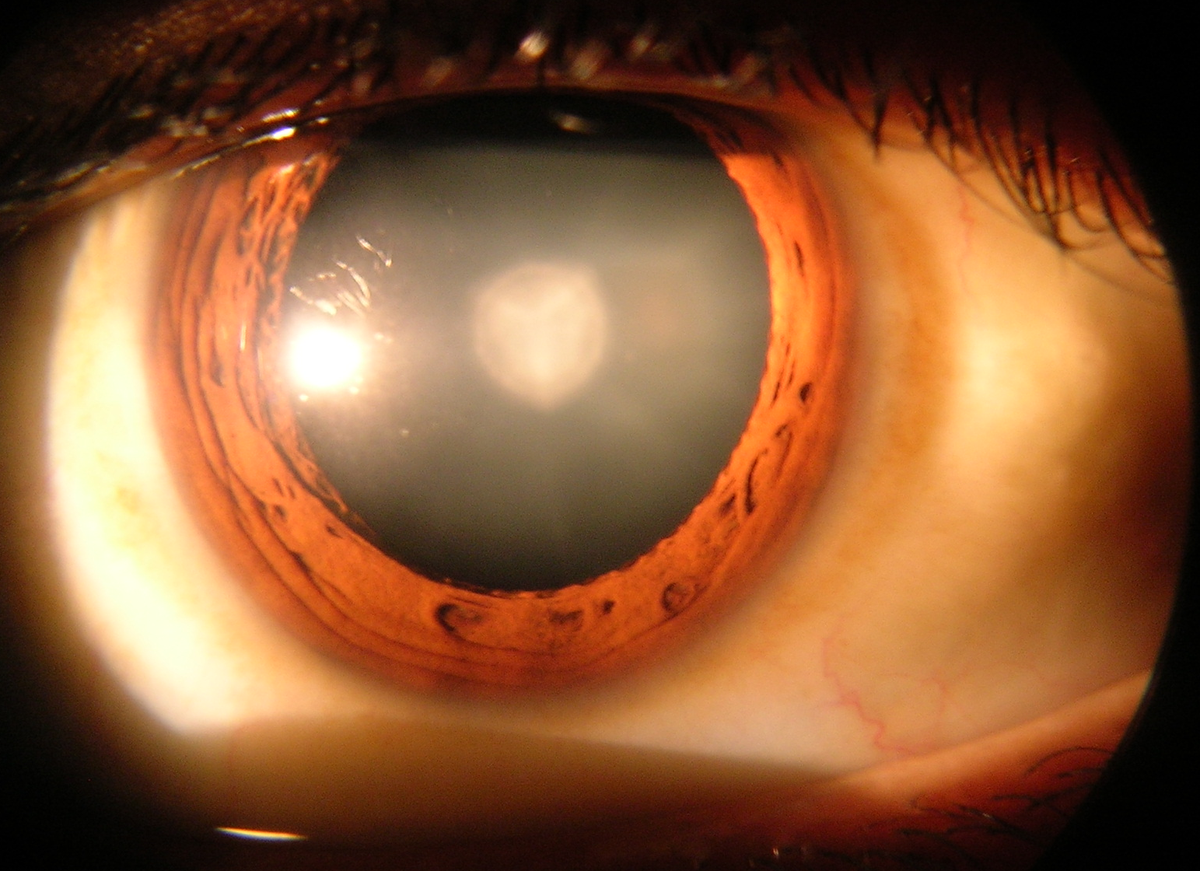 Dr. Siddhartha Ghosh
Dr. Siddhartha Ghosh
Consultant Ophthalmologist (MBBS, MS)

Cataract is one of the most common eye problems that affects millions of people worldwide. Everyone will eventually develop cataract, but the age of onset will vary. It is very commonly seen in aged people. But congenital as well as developmental cataracts are not uncommon.
Healthy eyes have a clear natural lens inside, which allows light to pass unobstructed and form a clear image on the retina to enable us to see. With formation of cataract, the natural lens in the eye becomes cloudy, thereby obstructing light to pass through and makes vision blurry.
Cataracts lead to a gradual and painless loss of vision. It also causes poor night vision and glare. Fortunately cataracts can be removed surgically and good vision can be resorted in most cases.
In cataract surgery, a small incision is made in the eye. The front portion of the outer covering of the lens (the lens capsule) is opened to facilitate the removal of the lens by gently breaking it and vacuuming it out. A foldable intraocular lens is then implanted through the small incision, which unfolds and takes the place of the natural lens. The new lens now focuses clear images in the retina to generate good quality vision. The power of implanted lens is calculated individually for every eye before the surgery.
IOL Implantation in KolkataIt is important to understand that cataract surgery should be timed according to the extent of visual disability it causes. It also depends on the state of cataract. Before scheduling a cataract surgery it is best to discuss the vision requirements and goals with your treating ophthalmologist, so that you are aware of what cataract surgery can and cannot do for you.
There are many surgical techniques for cataract removal. In small incision cataract surgery, the lens is manually removed through a small (4-5mm) incision, whereas in phacoemulsification, the cataract is broken down using ultrasound energy and removed trough a smaller (1.8-2.2mm) incision. Recently Femtosecond laser technology is being used for incisions and various other steps for cataract surgery but cataract is eventually removed by conventional phacoemulsification.
There are many types of intraocular lens available for implantation. Commonly available lenses include monofocal lenses commonly used for distance vision correction, Toric lenses for additional astigmatism correction and multifocal lenses which provides distance as well as near vision correction. The choice of lens should be made entirely on the basis of visual requirements. Therefore the choice of cataract surgery technique and lens implant should be made entirely on the basis of the desired visual goal.